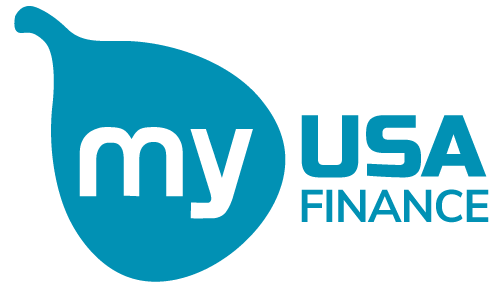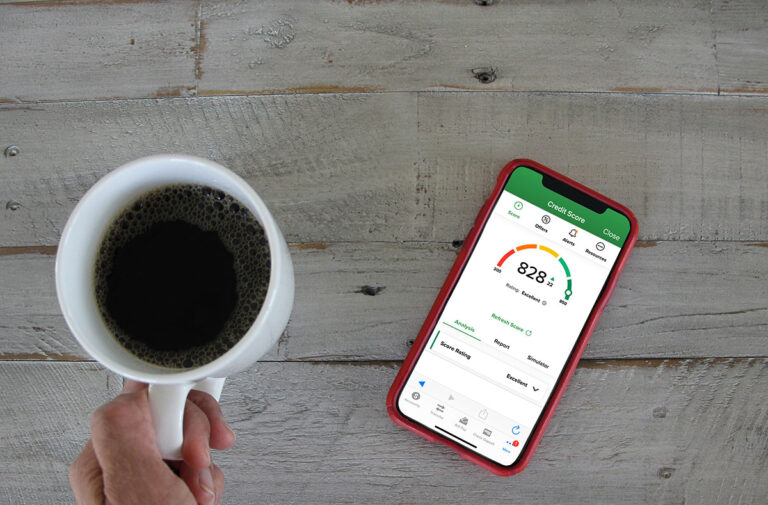You might feel the urge to renovate your home for countless reasons. Home Improvements can add significant value to your property and address crucial safety issues, elevate your overall comfort, and even cater to your changing lifestyle needs by providing extra space.
Home remodeling projects can be exciting and bring new life to your living space. However, the main concern for many homeowners is figuring out how to pay for home improvements. With rising inflation, it’s important to consider your options carefully. The average household spent $18,000 in home renovations in 2021 — a 20% increase from the previous year.
Fortunately, there are plenty of options to help you pay for your renovation, from personal loans to home equity lines of credit. You can achieve your home improvement goals with careful planning and smart financial decisions.
How to Pay for Home Improvements: Exploring Financing Options
Whether you’re looking to add a new bathroom, update your kitchen, or make your backyard more inviting, the cost of home improvements can add up quickly. Fortunately, there are many different financing options to consider.
By exploring your options and weighing the pros and cons, you can find the best financing solution for your needs. With the right home improvement financing, you can turn your home improvement vision into a reality.
If you’re looking to pay your home improvement projects, here are some popular methods to consider:

Looking for a Home Improvement Loan?
Explore your options today!
Home Equity Loans
A home equity loan allows you to borrow against the equity you’ve built in your home. It offers a lump sum with a fixed interest rate and predictable monthly payments. Using your home as collateral may qualify for lower interest rates than other financing options. However, remember that failure to repay the loan could result in the loss of your home.
Personal Loans
Personal loans are unsecured loans that can be used for various purposes, including home improvements. They provide flexibility, as you can borrow a specific amount without using your home as collateral.
Personal loans often have higher interest rates than home equity loans, but they offer faster approval and don’t put your property at risk.
Savings
Self-financing your home improvements may be viable if you have substantial savings or a well-managed personal budget. Using your funds eliminates the need for loans and interest payments.
However, it’s essential to evaluate the impact on your overall financial situation and ensure you’re comfortable with the potential reduction in your savings.
Home Improvement Loans
Some lenders offer specialized home improvement loans designed specifically for renovation projects. These loans may have favorable terms, lower interest rates, and longer repayment periods than personal loans. Shop around and compare loan offers from different lenders to find the best option that suits your needs.
Credit Cards
Credit cards can be a convenient way to finance smaller home improvement projects. They offer flexibility and easy access to funds. However, it’s important to note that credit cards typically come with higher interest rates than other financing methods. If you choose to use credit cards, ensure you have a repayment plan to avoid accumulating excessive debt.
Home Equity Lines of Credit (HELOC)
A home equity line of credit (HELOC) functions similarly to a credit card. It provides a revolving line of credit you can tap into as needed. HELOCs often have variable interest rates, allowing you to borrow against your home’s equity. This flexibility can be beneficial for ongoing projects or those with uncertain costs. However, be cautious of the potential for increased debt and fluctuating interest rates.
Cash-Out Refinancing
Cash-out refinancing involves replacing your existing mortgage with a new one with a higher principal amount. The difference between the two amounts is received as cash, which can be used for home improvements.
This option allows you to leverage your home’s equity and potentially secure a lower interest rate. However, it’s important to consider refinancing costs and assess the long-term financial implications carefully.
Government Grants and Programs
Various government grants and programs are available to assist homeowners with financing their home improvement projects.
These grants can provide financial relief and support specific initiatives like energy-efficient upgrades or accessibility modifications—research local, state, and federal programs to identify eligibility requirements and application procedures.
Discover Your Personal Loan Rates
Which Type of Home Improvement Loan is Right for You?
With multiple financing options available, evaluating which one suits your specific needs is crucial. Consider the following factors when making your decision:
- Project Cost: Assess the total cost of your home improvement project and determine how much financing you require. Different methods may be better suited for projects of varying sizes.
- Interest Rates: Compare the interest rates associated with each financing option. Lower interest rates can significantly impact the overall cost of your project.
- Repayment Terms: Understand the repayment terms for each financing method. Evaluate the monthly payments and the duration of the repayment period to ensure it aligns with your financial capabilities.
- Risk Assessment: Consider the level of risk associated with each financing method. Some options, such as personal savings, carry minimal risk, while others, like credit cards, may involve higher interest rates and potential debt accumulation.
The Bottom Line - How to Pay For Home Improvements
When it comes to paying for home improvements, many financing options are available. From saving money, personal loans, applying for grants, and utilizing credit cards, you can choose the option that best suits your needs and budget.
Remember to research and compare different options, considering interest rates, repayment terms, and eligibility criteria.
By making informed decisions and planning, you can successfully finance your home improvement projects and create your desired living space.
FAQ's - How to Pay For Home Improvements
Can I finance my home improvements with a personal loan?
Yes, personal loans are a popular financing option for home improvements. They offer flexibility and can be used for various purposes, including renovations. Shop for the best loan terms and interest rates to ensure it fits within your budget.
What is the difference between a home equity loan and a home equity line of credit?
A home equity loan provides a lump sum of money with a fixed interest rate, while a home equity line of credit functions more like a credit card, allowing you to borrow money as needed within a set credit limit.
Is it better to use a credit card or a personal loan for home improvements?
The choice between credit cards and loans depends on your financial situation and preferences. Credit cards offer flexibility, but high interest rates can lead to accumulating debt. Loans provide structured repayment terms but may require collateral or have higher interest rates.











